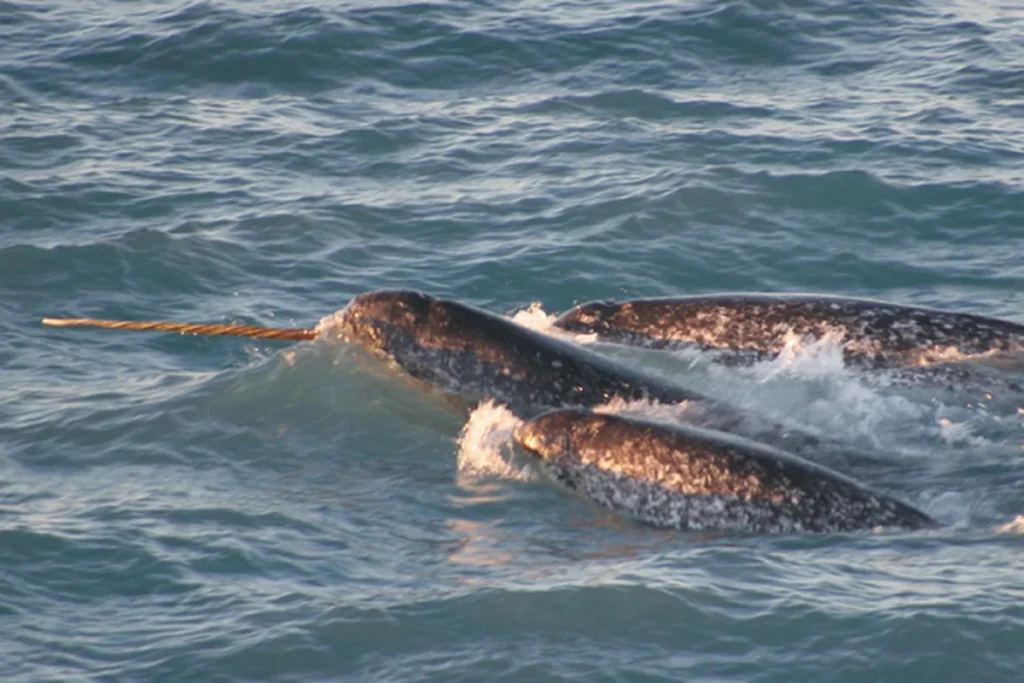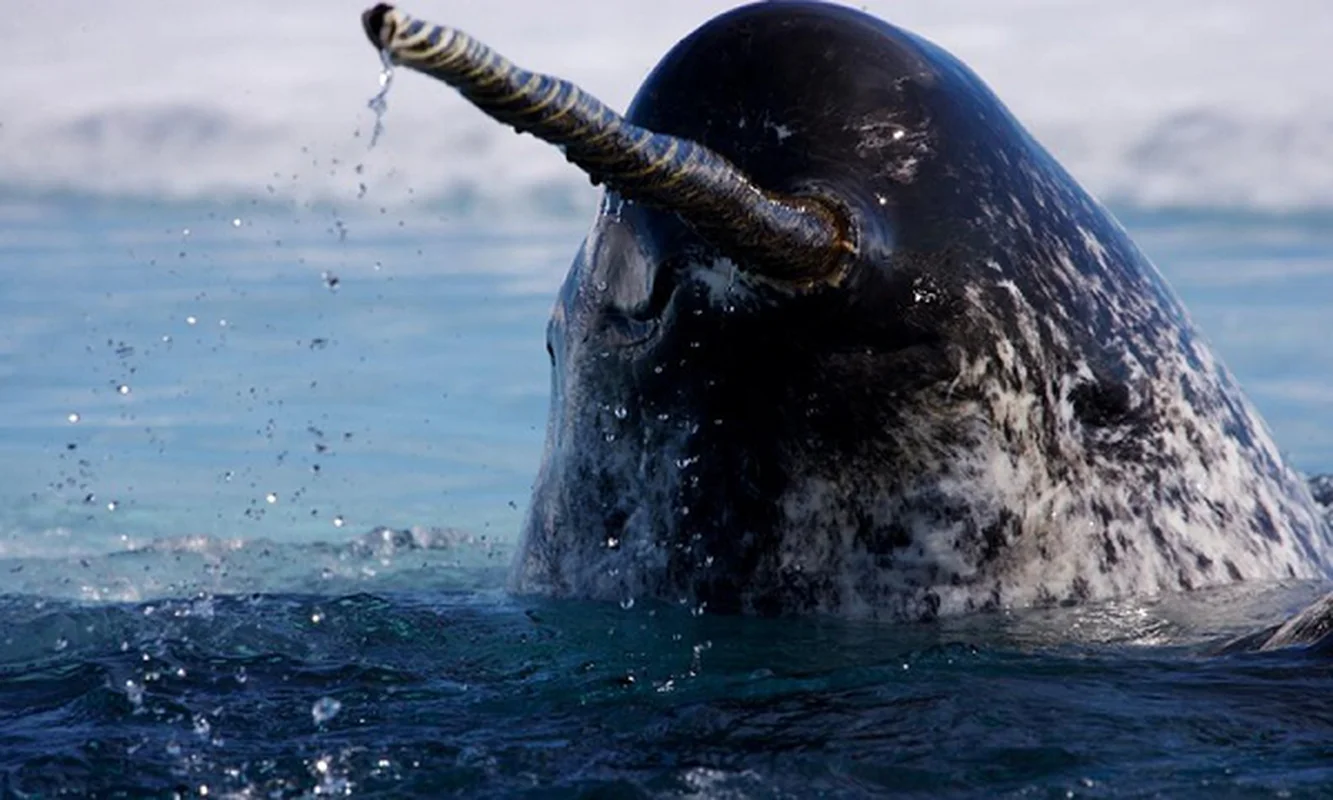The narwhal, also known as the narwhale, is a captivating creature of the Arctic seas. Often nicknamed the “unicorn of the sea,” it’s famous for its long, spiraling tusk that protrudes from its head. But this isn’t magic; it’s actually a specialized tooth!
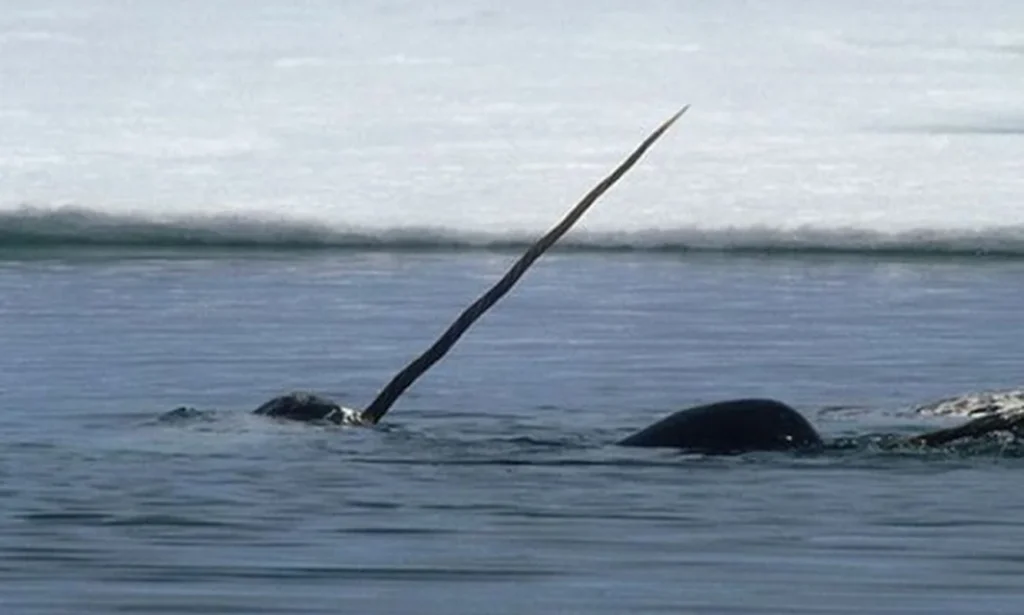
The Tusk: A Mystery Unwrapped
Imagine a giant tooth, growing up to 10 feet long and weighing 22 pounds! That’s what a narwhal’s tusk is. Interestingly, only males typically have one, and it’s usually the left tusk that takes center stage. Females rarely have tusks, and if they do, they’re much smaller and straighter.
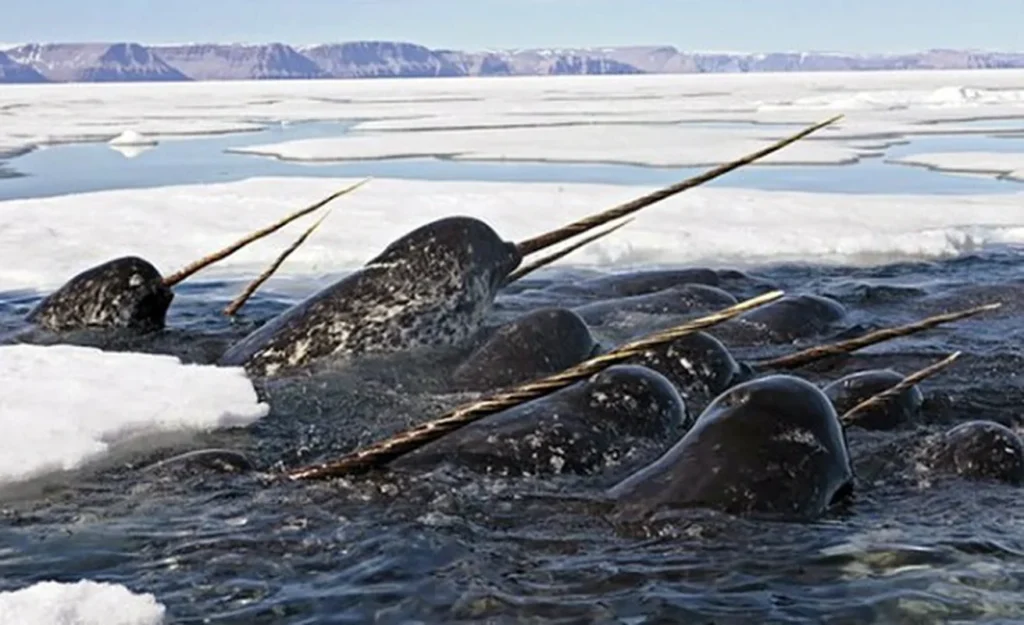
While the exact purpose of the tusk remains a puzzle, some believe it might be used for communication, sensing temperature changes, or even navigating icy waters. One thing’s for sure: it doesn’t seem to affect their lifespan, as females without tusks live just as long as males.
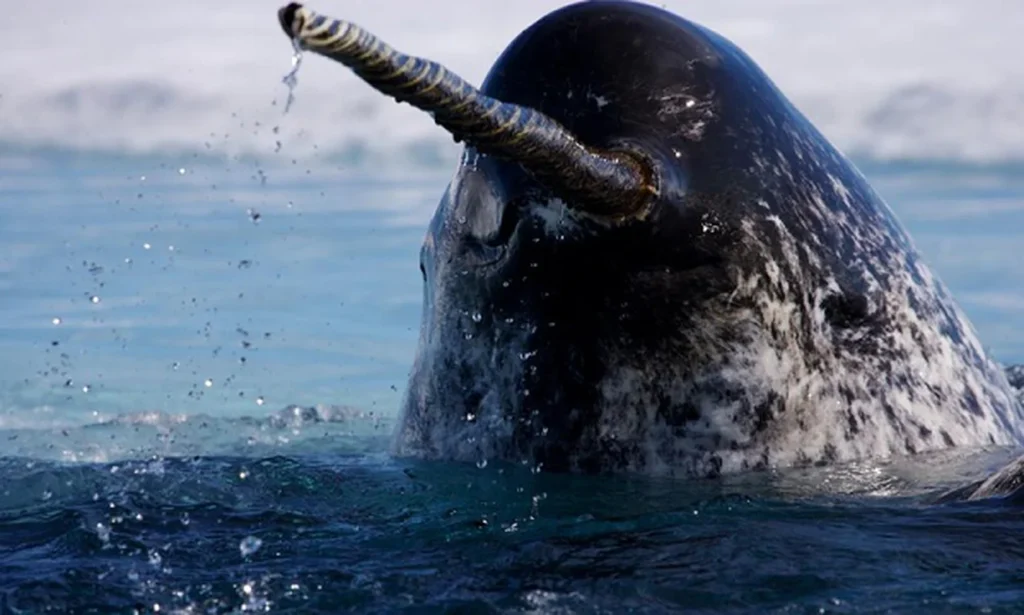
From Mythical Cures to Royal Treasures
Throughout history, the narwhal’s tusk has captured imaginations. In the Middle Ages, people believed it held magical healing powers, grinding it into powder for various ailments. Kings and queens prized these “unicorn horns” for their rarity and beauty, even adorning thrones with them.
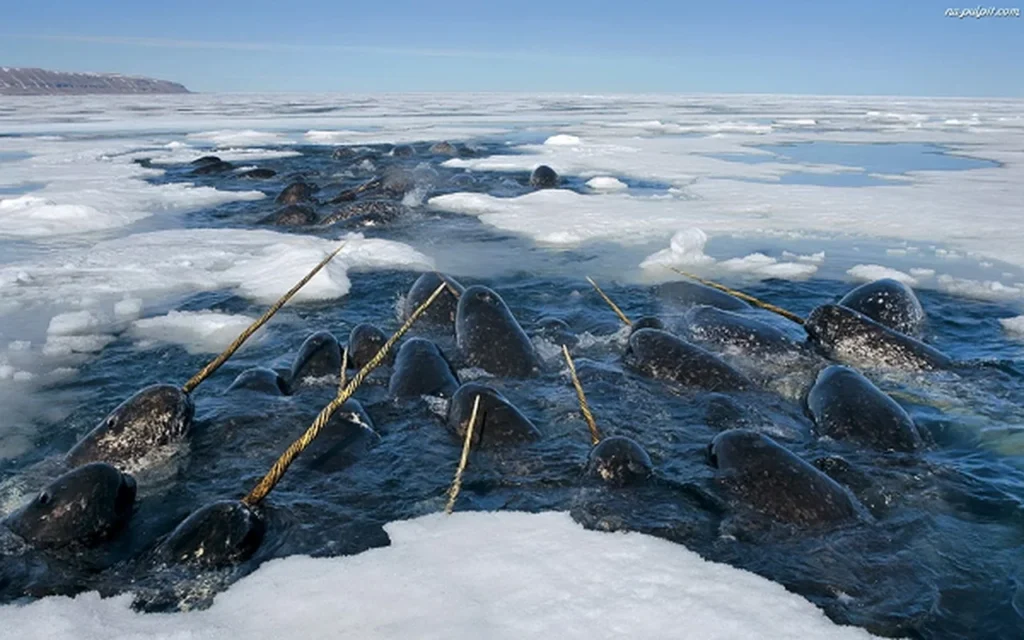
Sadly, this fascination led to excessive hunting, putting narwhal populations at risk. Today, although not critically endangered, their numbers are still threatened by factors like climate change and human activities.
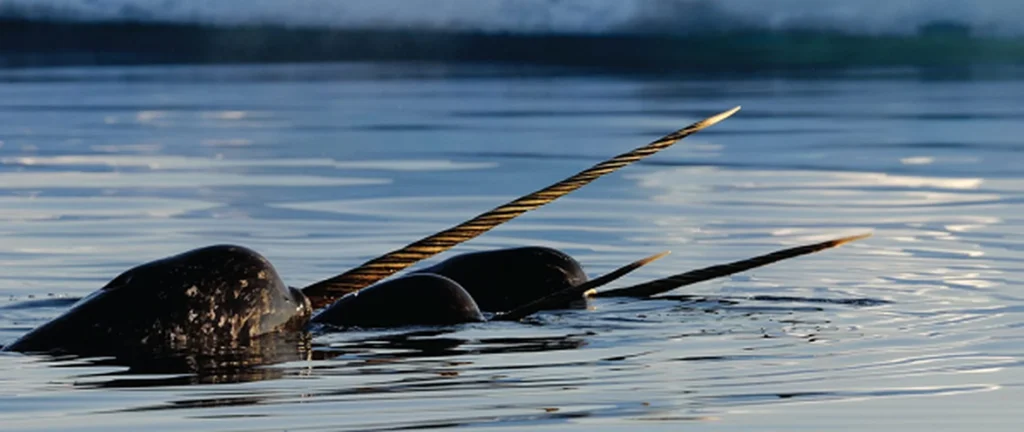
A Life Beneath the Ice
Narwhals are remarkable divers, spending long periods underwater to avoid predators like polar bears and killer whales. They rely on the Arctic’s sea ice for protection and hunting, making them particularly vulnerable to the effects of a warming planet.

With an estimated lifespan of 50 years, these fascinating creatures continue to grace the icy waters. Their unique tusk, shrouded in mystery, adds to the wonder of this “unicorn of the seas.”
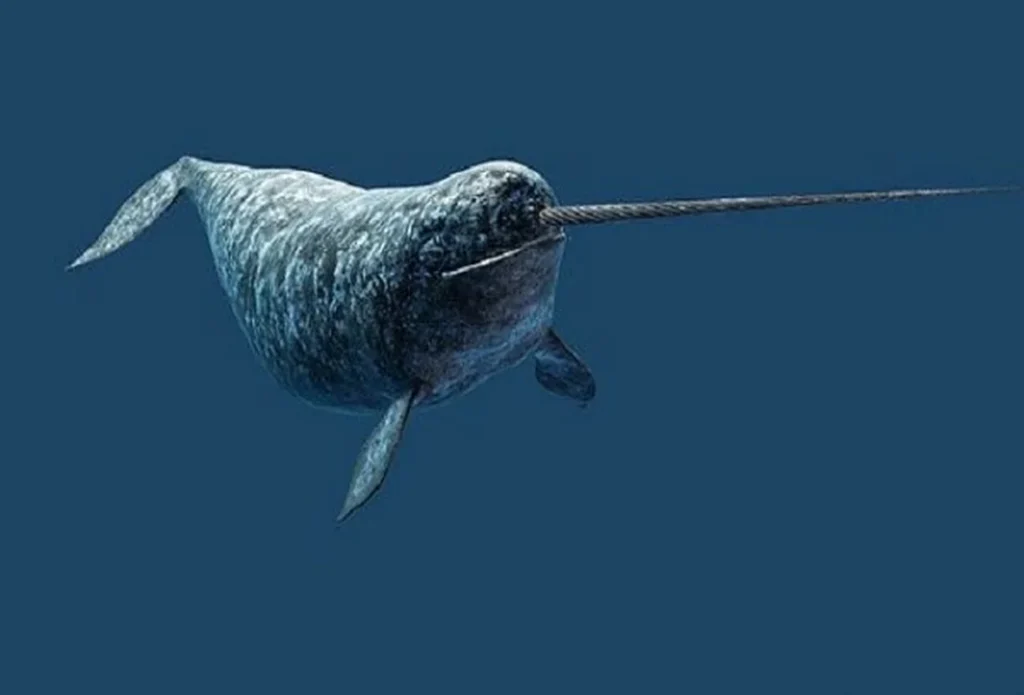
Let’s Talk!
What do you find most fascinating about the narwhal? Share your thoughts and help raise awareness about the importance of protecting these incredible animals.
